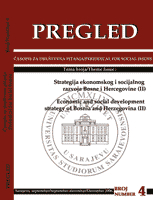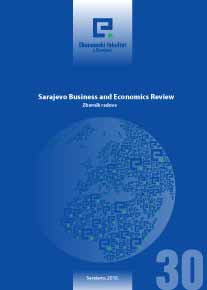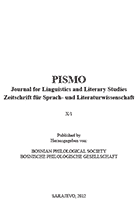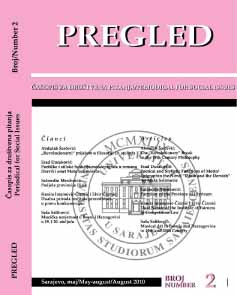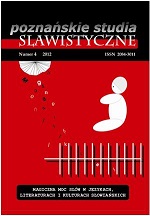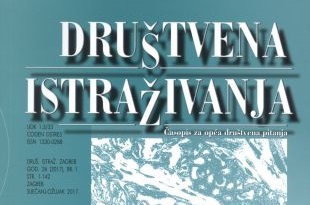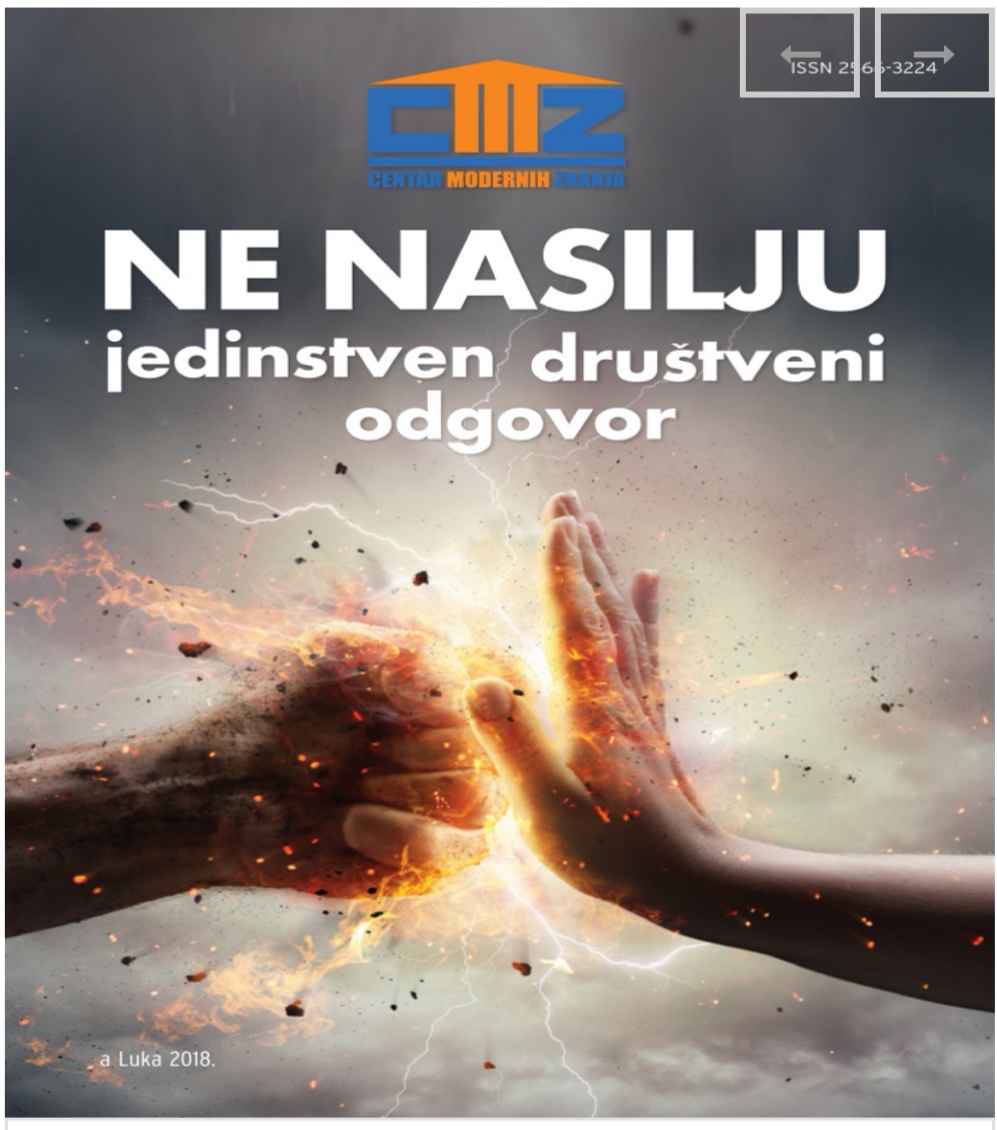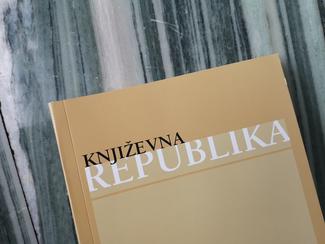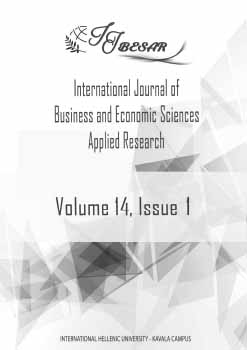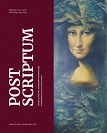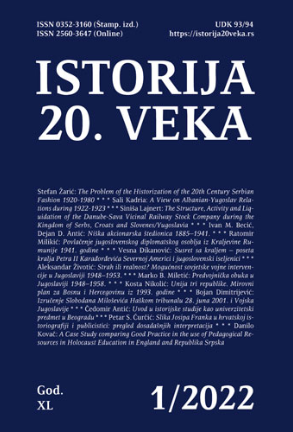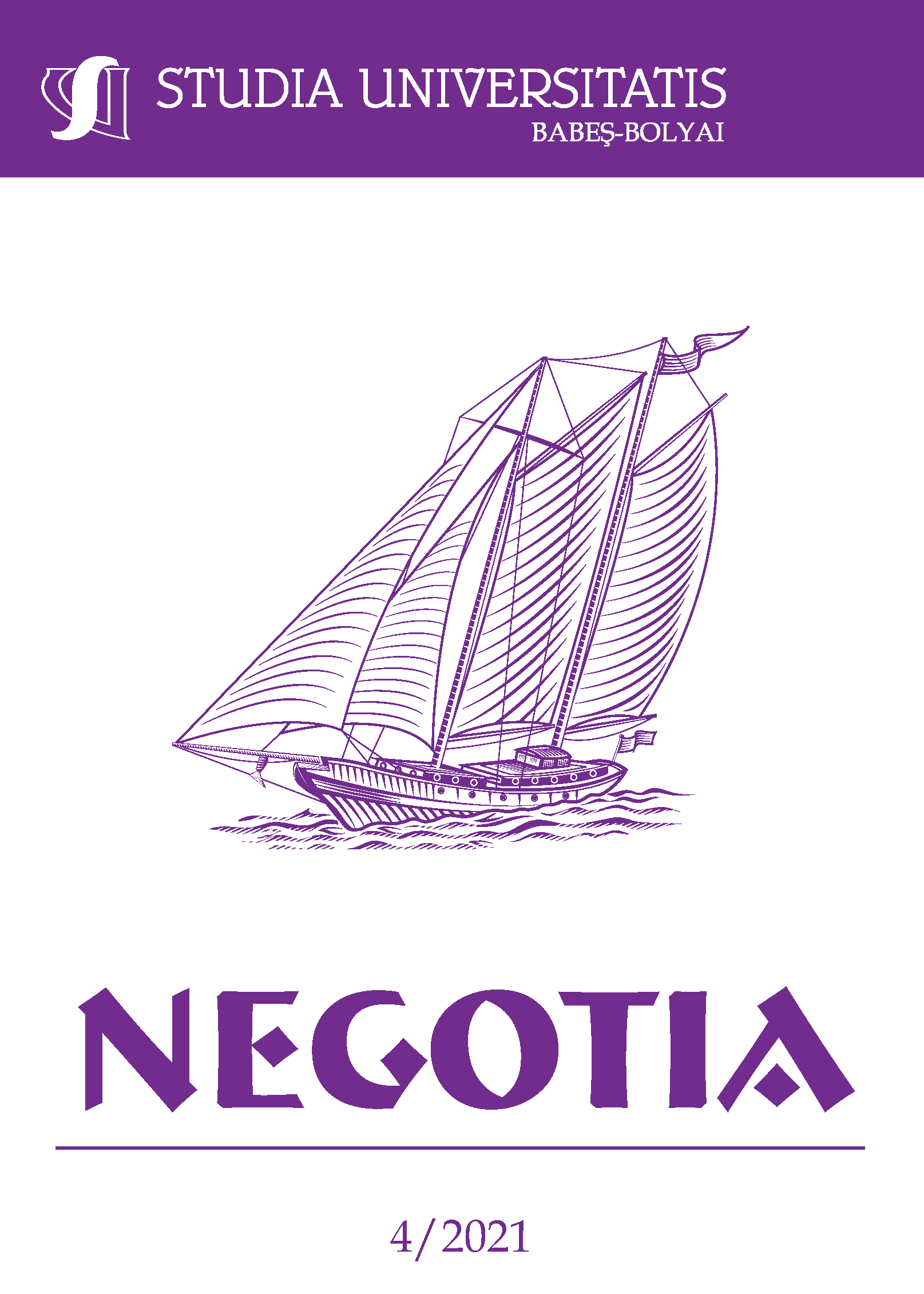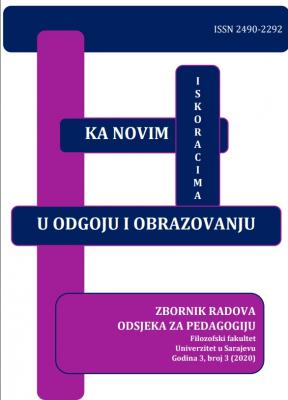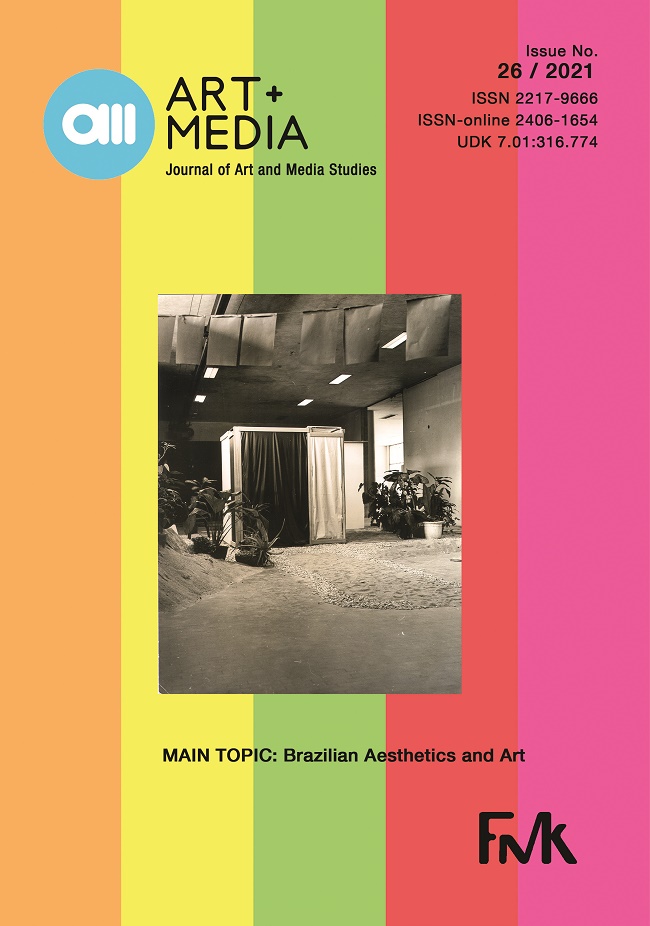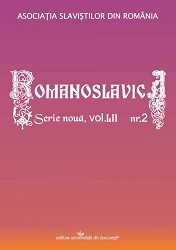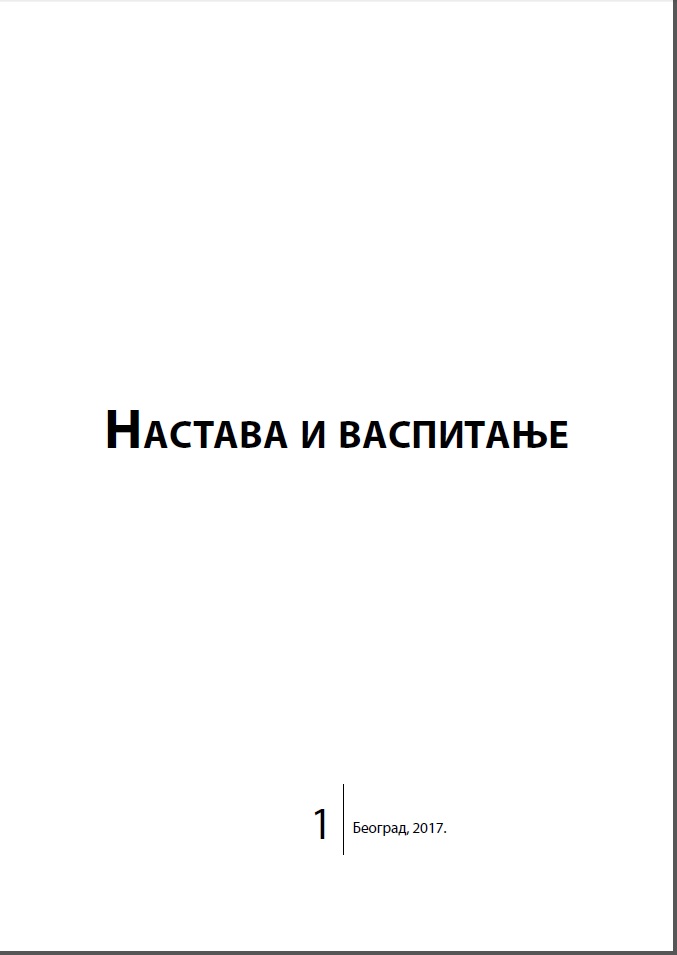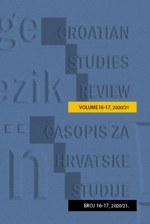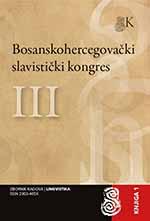Twenty years of Croatian tutoring in Trieste
Author(s): Diana Njegovan / Language(s): English
/ Issue: 16-17/2021
Keywords: Croatian tutoring; Trieste; Croatian tutoring development and history;
Croatian teaching abroad is a special educational program of the Ministry of Science and Education of the Republic of Croatia. It includes a Croatian language and culture program. It is organized for school-aged children and descendants of Croatian citizens who temporary or permanently live in other countries. In the school year 2018/2019 Croatian education abroad recorded 101 teachers in 21 countries, with around 340 teaching spots attended by approximately 5,300 students. In the Italian Republic, this education is occurring in Rome, Como, Molise, Udine and surrounding areas, Trieste and Monfalcone. In 2019 Croatian tutoring in Trieste celebrated twenty years of its existence. It was established thanks to the Croatian Community of Trieste and the Croatian Consulate General, and all other persons related to the Consulate and Community, especially the Ministry of Science and Education. The Ministry recognized the importance of this effort and for 20 years has chosen teachers and entrusted them with the placement in the Croatian schools in Italy. This paper presents a framework of Croatian education abroad. It discusses the role of teachers and reasons why students attend classes and their expectations, including the experiences of good practices of teachers and their perspectives for the future. During twenty years of Croatian tutoring in Trieste the following teachers were employed: Vesna Piasevoli, Tatjana Barković, Maša Čiča, Olga Diklić, Ana Spindler, Ana Fonović and Diana Njegovan. These teachers have shared their knowledge and experience and motivated students. Along with this, they collaborated with the Croatian Community and the Croatian Consulate General in Trieste, and with the Ministry of Science and Education. The teachers organized projects and various activities to connect students and parents with the Croatian Community and their homeland. The teachers have engaged in good practices and they are the reason why existing collaborations are fostered and developed, and the experience grows. This paper is intended as a written trace of experience and commitment through two decades, to the present day. Its realization would not be possible without a collaboration with all the institutions and persons involved in the Croatian tutoring in Trieste. is paper unites all the collected materials and contributes to a mosaic of good practices, innovations and a process of growth and development.
More...
